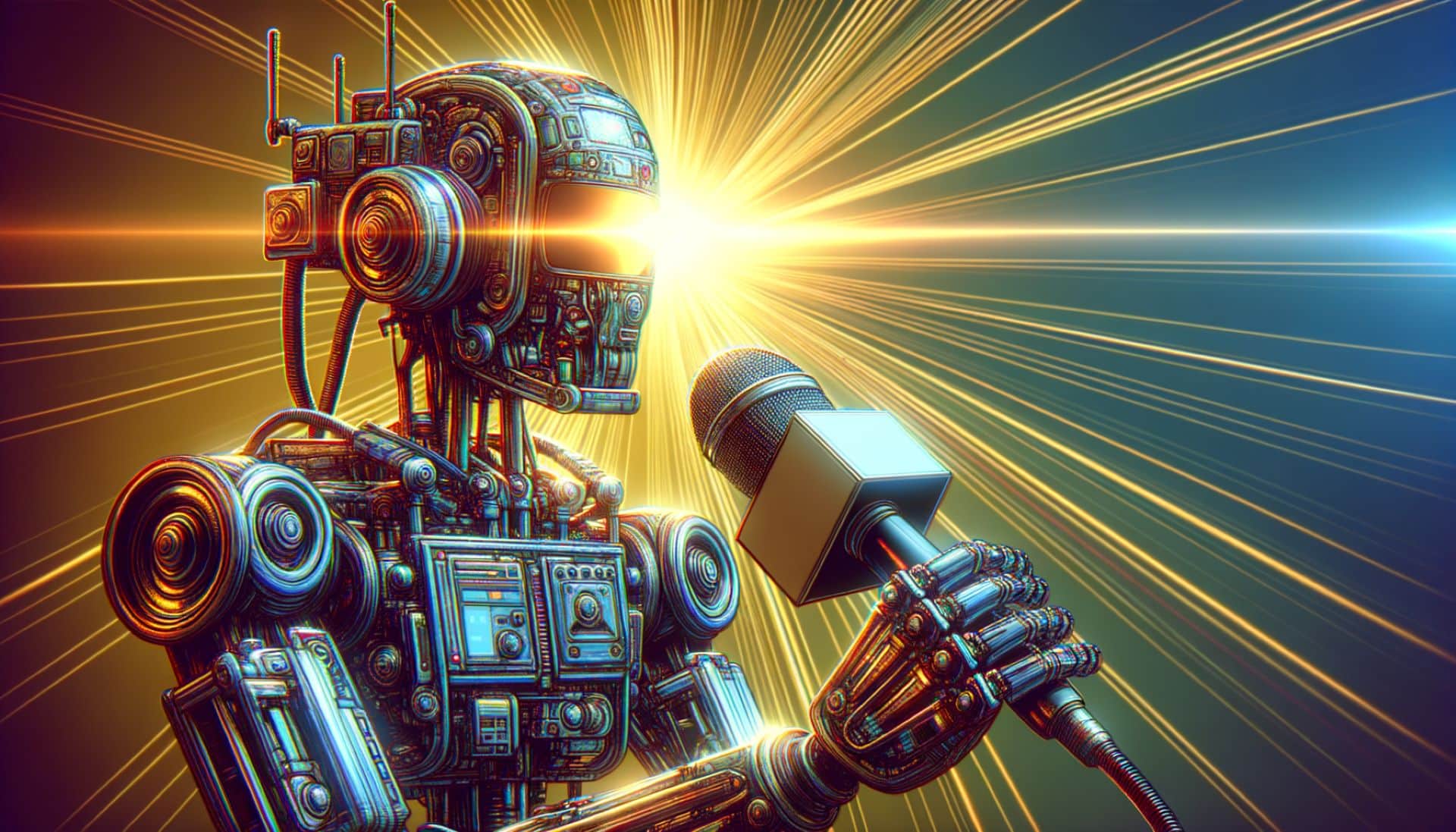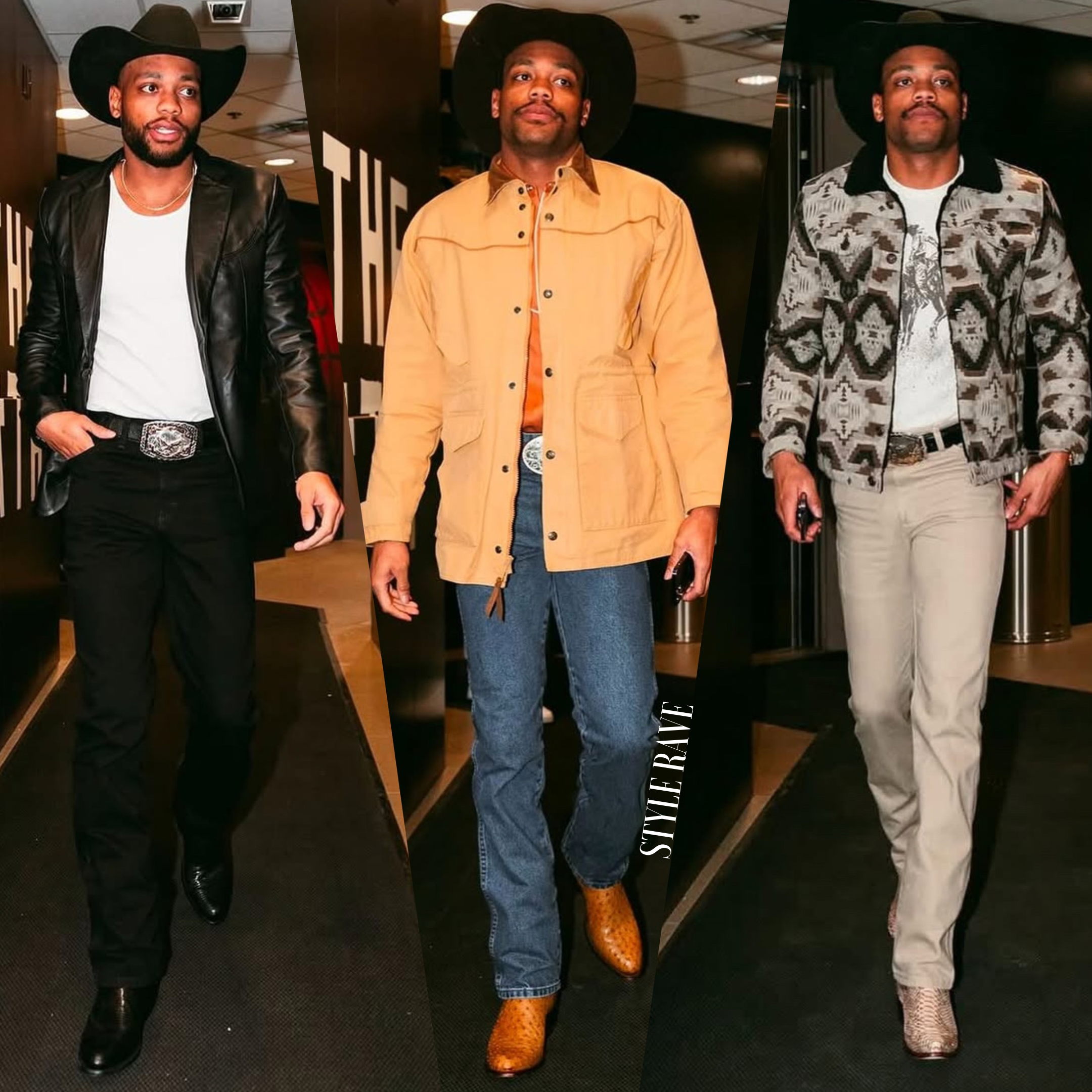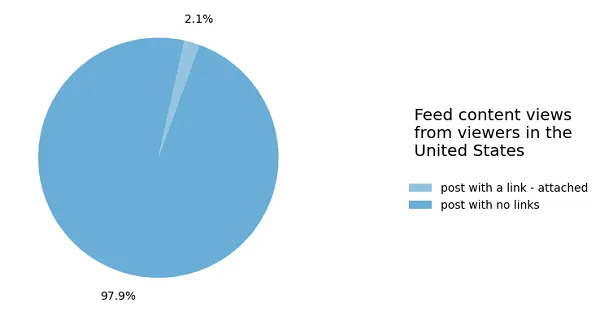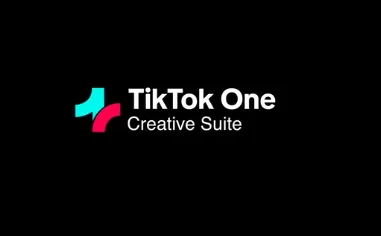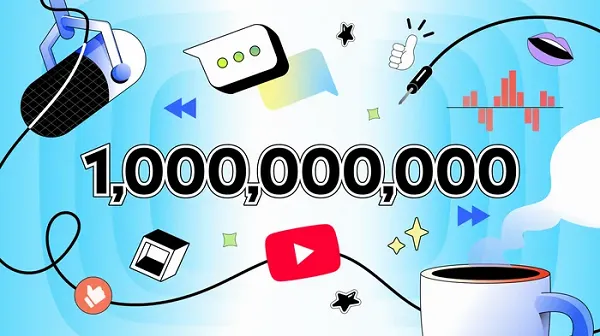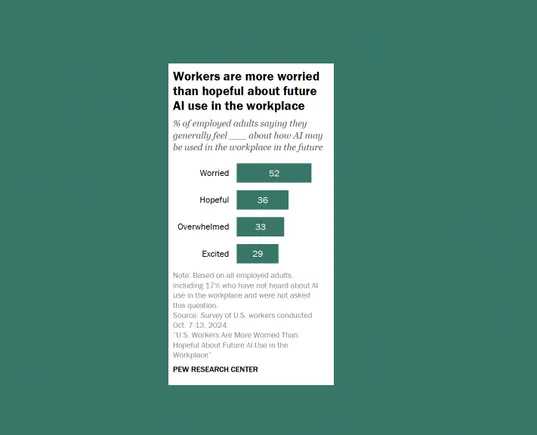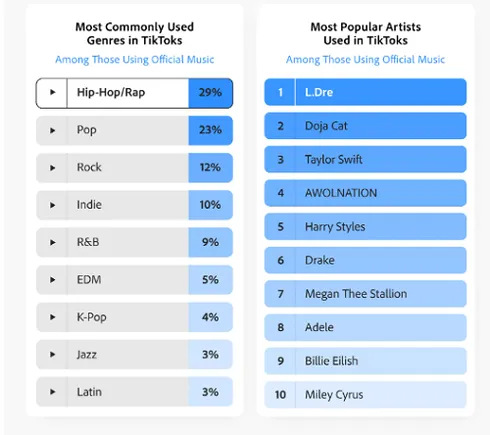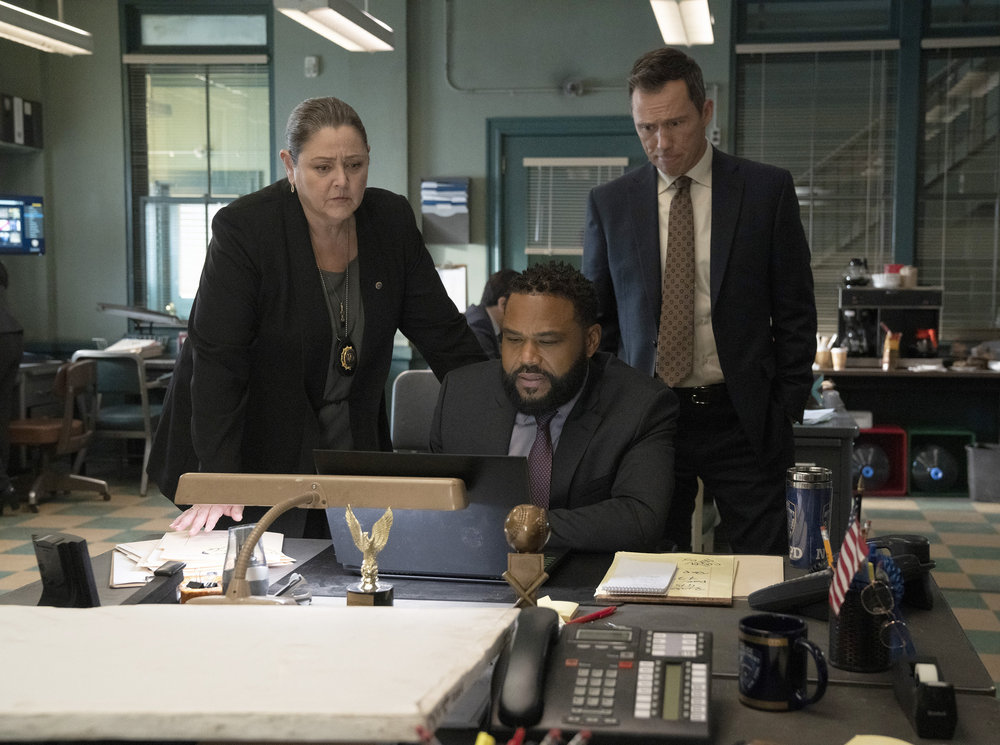In today’s world, the fast visual recognition memory system (FVRM) has become an essential skill for software developers, graphic designers, video editors, and more. It is becoming increasingly common to see visual images appearing in our daily lives: from digital photos on social media sites to advertisements on billboards and TV commercials. These graphic images act as stimuli that trigger our memory and cause us to recall them at a later time. Before we understand how AI helps build FVRM, let’s first understand what visual recognition is.
What Is A Fast Visual Recognition Memory System?
A fast visual recognition memory system is the ability to identify what an image is showing. This includes visual elements such as color, shape, size, composition, and how they interact. Optical recognition can be challenging for many people, especially if they aren’t exposed to it often or if they don’t have access to adequate training methods. Machine learning algorithms can help us train a system that will strengthen our memory over time by providing regular feedback on what areas need improvement based on data analysis and testing. The design should be able to identify images, help you recall them, and store them in your long-term memory.
The Importance Of Visual Memory
Humans can recognize images with 86 percent accuracy, making it one of the highest recognition rates among all the senses. This accuracy is primarily because the visual memory system is particularly good at recognizing objects’ general shape, movement, and appearance. Visual memory is a uniquely human ability and is virtually absent in other animals. The ability to recognize objects with the help of visual cues is helpful for everyday activities, like shopping, reading signs, and identifying people. For example, when you want to recognize what type of food is in your fridge, you don’t need to smell or taste it first because you can realize it visually.
Therefore, visual memory is essential for functioning in a fast-paced, visible world. It is necessary for activities that rely on sight, such as driving, reading, and socializing. When we are children, we learn to use visual cues to recognize people, animals, objects, and situations. This knowledge is transferred to all areas of life as adults. Adult learners who struggle with visual memory may have difficulty reading words and understanding what is being said. For example, reading a sign may not be easy because there’s no visual cue to tell you what it says.
How To Build A Visual Memory System With AI?
Artificial intelligence image recognition can help you find images, place them in context, and quickly recognize them. They can even help you to search for specific photos. Companies are already using AI to assist in visual recognition. For example, you can use AI to find relevant images from your library of images, like product images or images related to your business. For instance, you can use AI to find and organize your business images in a library, which can help you quickly find the image you need.
AI can also help you compare similar images by using a deep learning algorithm to find similar photos. Where does AI fit in your business? AI can also be used to make your business process more efficient. For example, you can use AI to help you find the right image for a blog post or website ad.
Tips To Improve Your Visual Memory Skills
Once you’ve built a visual memory system with AI, you can use it to improve your graphic memory skills:
1. You can upload images of different topics, like food, nature, people, or products. You can also use images related to your field to improve your visual memory skills.
2. You can use the AI-powered fast visual recognition memory system to find images related to your uploaded topics.
3. You may utilize the AI to locate pictures that correspond to the themes you’ve submitted and relate to other circumstances, such as when the photos were taken, who’s in the images, where the pictures were shot, etc.
After finding the images related to your topics, you can use natural language processing to extract information from them, like facts, statistics, and data. You can also use AI to generate images that you can use for presentations or create visual content for your blog or website. Now, you can use these image-generating tools to improve your graphic memory skills. You can use visuals to explain concepts or facts, create infographics and presentations, or create visual content for your website or blog.
Data Pre-Processing For FVRM System
Due to the nature of an image recognizing system, there is a high risk of overfitting in a training system. To reduce overfitting and make the model more generalized, we recommend the following pre-processing steps for an FVRM system:
· Remove outliers: Remove the images significantly different from all the other photos in the system.
· Normalize the images: Image values should be rescaled with a mean of 0 and a standard deviation of 1.
· Force images not to be blank: Force images not to be blank.
· Use a non-linear transformation: A straight-forward linear transformation of the image values can be too simple and thus inappropriate for visual recognition.
Conclusion
FVRM is essential for everyday tasks like recognizing people, reading signs, and shopping in a grocery store. It’s also helpful for searching for images. As visual memory improves with practice, you can use AI to improve your graphic memory skills. Visual memory is an essential skill for entrepreneurs to help them in their business. Visual memory is powerful because it allows you to quickly and efficiently find information within your memory. This can be especially helpful when looking for specific information like a product image, person’s name, or business image. These visual memory skills are essential for entrepreneurs because they can help you with everyday tasks like reading signs, recognizing people, and shopping at the grocery store. They can also help you with visual search, which can be helpful when looking for specific images or when you need to find pictures related to your business.












